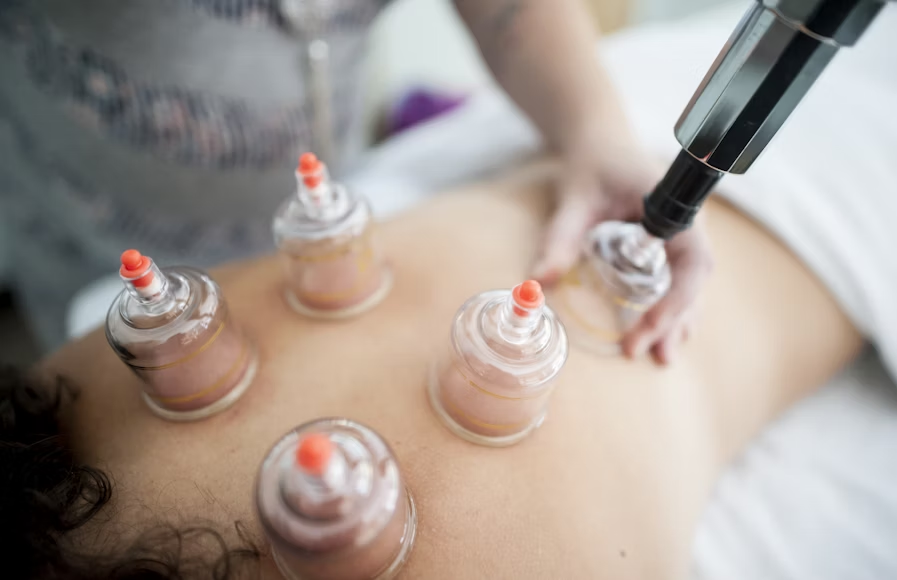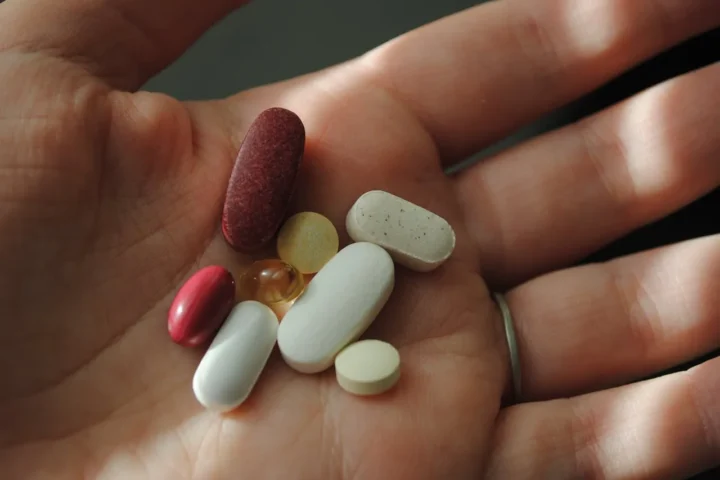You’re standing in front of your closet, staring at a pile of fast-fashion “bargains,” and wondering why you didn’t buy one timeless piece that would last.
That’s kind of how women’s health has felt for decades – quick fixes, short-term solutions, and far too often, products that come with long-term baggage.
Just as we’re breaking up with polyester in favor of organic cotton, the medical world is flirting with a new love interest. Eco-friendly, sustainable innovations designed for women, by women, and most importantly, with women in mind.
Why Feminism Needs to Be in the Exam Room
Women’s health has historically been treated like an afterthought. The World Economic Forum states that female-specific health needs have been underfunded and under-researched for far too long.
The lag has led to a cycle where innovations fall behind demand. That’s like showing up to brunch and realizing the café only has one avocado toast left; systemic disappointment, but make it medical.
When women aren’t at the table designing products, the solutions tend to be anything but solutions. Take transvaginal mesh as an example. Once hailed as a miracle fix for pelvic organ prolapse, the surgical mesh ended up causing chronic pelvic pain. Complications arose for many women, including mesh erosion, pain, bladder injury, and de novo incontinence symptoms.
What can be used instead of mesh for prolapse? Alternatives like native tissue repair and biologic grafts are being embraced. These methods use the patient’s own tissue or a graft from sources such as human or animal tissue to support vaginal prolapse. Evidence shows mixed results – native tissue repairs have some advantages but also higher recurrence rates in certain cases, while biologic grafts have not proven superior to native tissue in many studies.
Eco-Friendly Medicine: From Trend to Transformation
If sustainable skincare and menstrual cups have taught us anything, it’s that women are hungry for eco-friendly remedies.
We’re already swapping out plastic tampon applicators for biodegradable options, so why not hold medical breakthroughs to the same standard?
A guide on menstrual product innovation iterates that the future of period care lies in reusables and planet-conscious design. Translation: our vaginas deserve products that don’t outlive us in a landfill.
And this isn’t about saving the whales. It’s about creating products that are as kind to the body as they are to the earth. The Gates Foundation is supporting efforts toward accessibility, autonomy, and dignity in reproductive health. These include an affordable long-acting hormonal IUD (up to 8 years), a self-administered microneedle contraceptive patch concept, and expanded access to self-injectable DMPA-SC that’s effective for three months per injection.
Similar Posts
Biodegradable Implants: Finally, a Medical Breakup That Doesn’t Hurt
Raise your hand if you’ve ever wished toxic relationships would dissolve on their own.
Well, science heard us. Researchers are developing biodegradable contraceptive implants that deliver the protection women need without overstaying their welcome.
Unlike traditional implants, which require surgical removal, these are designed to dissolve naturally over time. It’s the medical equivalent of “it’s not you, it’s me,” except this time, your body means it.
This eco-conscious approach shows promise for reducing complications and respecting women’s agency by potentially making contraception simpler and safer. Clinical trials, including FHI 360’s Casea S biodegradable implant, are currently underway to evaluate these benefits.
Breakthroughs on the Brink
The Global Health Technologies Coalition is highlighting promising technologies in the pipeline for women’s health. From advancing maternal care to tackling reproductive cancers, medicine is aiming for more sustainable outcomes.
Pair that with the UNFPA Equalizer Challenge, which focuses on scaling women-led innovations, and it feels less like a boys’ club and more like a co-op. Every voice matters.
In other words, the revolution won’t be televised; it’ll be biodegradable.
The Feminist Greenprint for Health
What does this all mean for us? A world where every medical device or treatment for women is created with three guiding principles: safety, sustainability, and equality.
No more patch jobs that cause more harm than good. No more products that prioritize profit over patients. Instead, we get medical innovations that feel less like science experiments and more like extensions of our values.
It’s feminism in action, because if the patriarchy can crumble, so can outdated medical materials.

What if medicine finally caught up to the eco-conscious woman of today? Our contraceptives would dissolve like heartbreak. Our prolapse repairs would feel restorative instead of destructive. And our menstrual products would be kind to both our bodies and the planet.
Embracing nature in women’s health is about going forward. And like any good love story, it’s about finally finding solutions that don’t just “fix” us, but honor us.


















